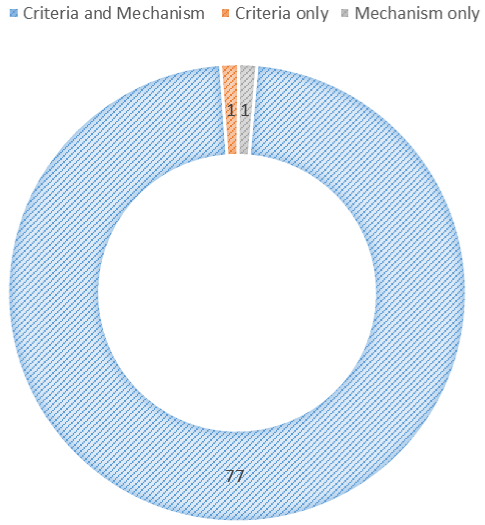
Rapid Communication
Austin J Radiol. 2021; 8(11): 1172.
Adequacy of Clinical Information on Trauma CT Requests From ED Department
Saadawy A*
Department of Radiology, West Suffolk Hospital, Addenbrookes Hospitals, UK
*Corresponding author: Ahmed Saadawy, Department of Radiology, West Suffolk Hospital, Addenbrookes Hospitals, UK
Received: October 22, 2021; Accepted: November 15, 2021; Published: November 22, 2021
Introduction
There is evidence to suggest a correlation between inadequate clinical information and inaccurate radiology reports. Additionally, multiple research studies confirm the overuse of imaging in ED, particularly in the older group of patients.
Unjustified CT Trauma requests not only affect the report to be produced, but also can delay appropriate management.
Throughout my taster week in radiology at WSH, I had conversations with multiple radiology consultants who explained the issue of “CT abuse”. Unindicated/Unjustified CT requests increases the workload on the radiologist and if unnecessary, delays alternative more needed investigation for the patient.
Therefore, the RCR have recommended an audit to assess the adequacy of clinical information on CT major trauma requests from the emergency department following evidence that suggests correlation between inadequate clinical information and inaccurate radiology reports. The RCR guidance suggests that an annual audit of justification in trauma imaging should be carried out by the radiology department.
Aim, Objectives and Standards
To quantify the number of unjustified CT trauma requests from the Emergency department within a 2 months period (Target is 0%).
Referrals should include details on the mechanism of injury, visible and suspected injuries (Target is 100%).
To assess the correlation between inadequate clinical Information and inaccurate radiology reports, the aim to present the findings to the Emergency Department team and discuss the benefits of clinical information at the time of CT trauma imaging referrals.
Methodology
Data was collected retrospectively via a CRIS search with the help of Amanda Yeldham that records the details of patients that had any form of CT trauma within July-August of 2021.
The clinical information on the referral forms are then compared against the standard criteria set by the RCR to justify a trauma CT scan. The acceptable criteria is:
• Evidence of Haemodynamic instability.
• Mechanism of injury or presentation suggests that there may be occult severe injuries that cannot be excluded by clinical examination or plain films.
• FAST (if used) has demonstrated intra-abdominal fluid.
• Plain films suggest significant injury, such as pneumothorax or pelvic fracture.
• There is obvious severe injury on clinical assessment.
Two essential pieces of information which should be included in the referral are mechanism of injury, visible and suspected injuries.
Data will be collected into an excel sheet to allow further analysis.
Results
CT requests that were:
1) Fulfilling some of the Clinical criteria + included information about mechanism of injury (77 cases) (Figure 1).

Figure 1:
2) Fulfilling some of the clinical criteria only (1 case).
3) Included information about mechanism of injury only (1 case).
Limitations
Software used (PACS)
Making some requests go under only 1 body part as opposed CT CAP. Currently, CRIS system is being remodeled so this should be defining the Mechanism/Criteria is vague.
Action Plan
Looking at the number of requests that did not fit the criteria and see how the report turned out to be as a result.
Discussing in Radiology meeting and maybe emergency governance meeting to improve the quality of clinical information on the request and to include the criteria and mechanism of injury.
Acknowledgements
Project Lead: Dr Elliott Rees (Consultant Radiologist).
Auditor: Ahmed Elsaadawy (SHO).